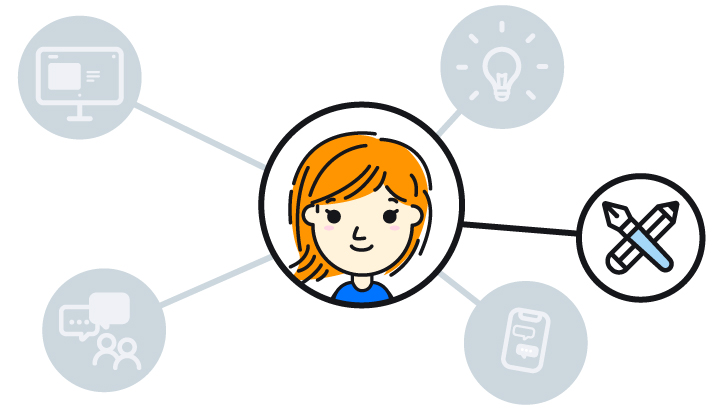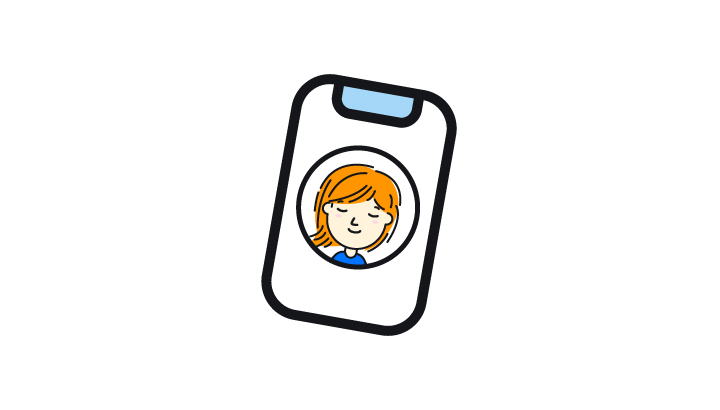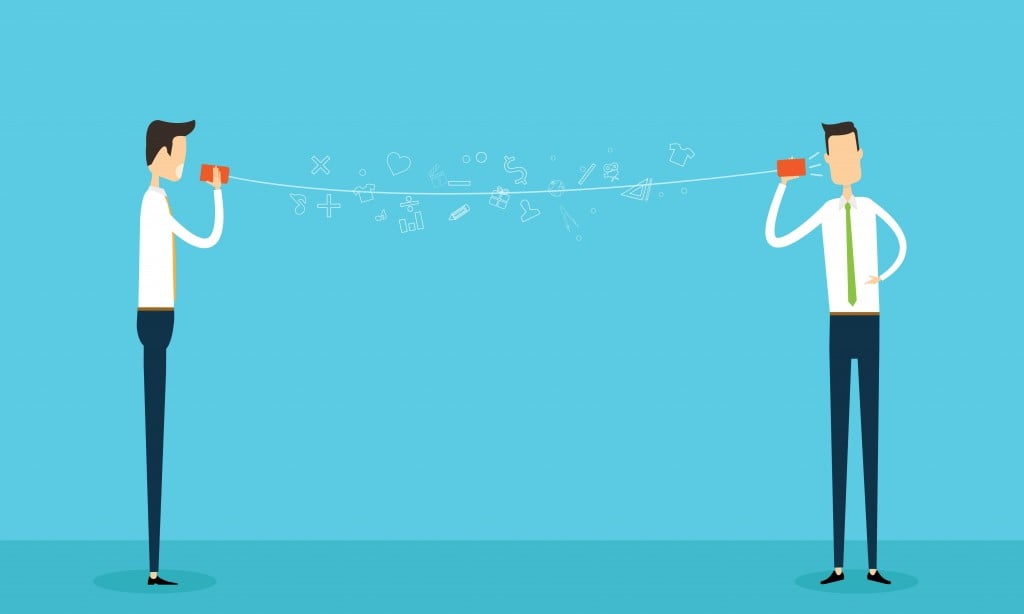When was the last time you did just one thing at a time?
Most people believe the ability to multitask makes them a better employee. Employers look for multitaskers, believing that these workers are the smartest, most efficient, and most productive.
What if we told you these beliefs were completely unfounded and that multitasking is actually making you less productive and potentially less healthy? It turns out there are all kinds of scientific and anecdotal evidence that confirm the truth. For the most part, multitaskers are the least efficient people in the room.
What Is Multitasking and Why Is It So Prevalent?

Computers can run multiple functions simultaneously and have been doing so since around 1965 when the term “multitasking” was first used in an IBM training manual. As humans grew more attached to their digital devices, our efforts to mirror computers and conduct parallel tasks expanded. However, our effectiveness at multitasking did not.
Sitting in a meeting and interacting with your peers is one thing, but today, we also answer email and text our spouses while chatting with coworkers about the weekend. For many people, this seeming ability to multitask is something to be proud of. Employers ask about our ability to do six things at once in interviews. Multitasking a normal part of business today, and most believe our ability to do several things at once improves productivity and makes people more efficient.
However, one clinical psychologist calls multitasking “multi-failing” and suggests that the task requiring the highest level of intellectual capacity is the one that will suffer the most when juggling tasks. This could mean you’re not paying enough attention while driving your car because you are also conducting your own version of Carpool Karaoke, reading, doing makeup, and, of course, texting. Less life-threatening but still serious is trying to study for an important exam while also browsing YouTube and, of course, texting. Scientists suggest that your brain just can’t handle the simultaneous stimuli, so the studying you’re doing will be much less productive.
Mental multi-tasking is just as ineffective as task juggling. Switching your attention back and forth only ensures that your best creative intelligence will not fully benefit either problem.
If, at this point, you find yourself rolling your eyes (while texting your BFF that this article is total bologna), we have scientific proof that most people simply can’t process more than one thing at a time. Scientists have weighed in on the issue of human multitasking, and they are unanimously pointing two thumbs down.
The Science Behind Multitasking

The Cleveland Clinic calls humans “mono-taskers.” They suggest that multitasking, in addition to sometimes being dangerous, can also make us less effective and more dissatisfied at work and in our lives. The research backs up this assumption. For example:
- A study at the University of London actually showed an IQ drop during multitasking, as if the person had pulled an all-nighter before they attempted multitasking.
- Stanford University researchers showed that people trying to absorb multiple streams of digital information lose the ability to pay attention or remember details more than their counterparts that manage just one thing at a time. They were also slower to switch between tasks.
- University of Sussex researchers also noticed differences in the brains of chronic multitaskers. Scientist found that constant multitasking lowers the density of brain tissue in the section of our brains that handles emotional and cognitive control and empathy.
The science shows that we actually reduce productivity by 40% when multitasking. Other research shows that each time we switch between tasks, we release stress hormones, creating a constant barrage of anxiety that threatens our health.
But the pièce de résistance is the research that shows 98% of us don’t multitask well. That means that only 2% of us that handle simultaneous tasks efficiently, so most of us are not working up to our potential because we aren’t tackling one thing at a time. The Cleveland Clinic says that multitasking has a strongly negative effect on:
- Attentiveness and our ability to filter irrelevant information
- Learning and retention of information
- Mindfulness or our ability to concentrate and be present in the moment
If you’re still reading this article—good for you! But the question is, how many other things did you attempt while reading it? The science shows us that you’ll be less likely to remember or even comprehend what you’ve read unless you focused exclusively on the task of reading it.
If you’re feeling pulled in a lot of directions today, you are not alone. But this constant diversion of your attention is making you both less effective and a little less healthy. This next section will give you some strategies to get off the multitasking treadmill.
Compartmentalize Versus Multitask—Here’s How to (Really) Be Productive

The reality is that today’s hectic lifestyles mean that we all have a lot going on at the same time. But we now know that focusing on more than one thing at a time slows us down. Is there a way to juggle life while still maximizing our efforts to complete tasks? If bombarding our brains with information slows us down, how can we embrace our inner mono-tasker—even for a short time each day—to get more done?
The answer may be something called compartmentalization. The idea comes from psychology, which defines the term as a coping mechanism used when there are conflicts between internal beliefs and external practices. For example, soldiers who have experienced serious trauma must internalize their fear and move on to fight another day. A less extreme example is an employee who doesn’t believe in the philosophy behind their work. Or, perhaps, the employee is dealing with family illness but has to push that aside in order to try to function on the job. In its worst form, compartmentalization represses feelings and memories that can crop up later and cause problems, which is what post-traumatic stress is all about.
But compartmentalization is also very positive, especially when trying to stay organized and get more tasks accomplished. Lifehack says, “To compartmentalize means you have the ability to shut out all distractions and other work except for the work in front of you. Nothing gets past your barriers.” While it may be a classic Scarlett O’Hara from Gone With The Wind—“Oh, fiddle dee dee, I’ll think about that tomorrow”—attitude, compartmentalizing tasks can actually succeed where multitasking fails in the workplace.
Another term for compartmentalization is mindfulness, which is defined as a state where “the mind is fully attending to what’s happening, to what you’re doing, to the space you’re moving through.”
No matter what you call it, compartmentalization or mindfulness puts aside the worries and tasks that lie ahead or behind and focuses on the here and now of the work at hand. Here are some tips for practicing the art of staying focused on one task at a time:
- Use your calendar: On your calendar, block out an uninterrupted chunk of time to work on just one task. What are your goals during this time?
- Block distractions: During the scheduled time, turn off email and instant messaging and mute your phone unless those tools are somehow necessary to what you’re working on. If you’re in an office, try shutting the door and hanging a “do not disturb” or “come back later” sign.
- Stop worrying and concentrate: This will probably take some practice, because most of us are constantly racing on to the next thing, while our minds are pulled in many directions. Try placing a note beside your computer defining the task at hand. When you feel the urge to binge-watch cat videos, take a deep breath, look at the goal, and refocus. Over time, this practice will make it easier to focus on one thing at a time.
While this new concept will take some time to adjust to, it may be what you need to find work-life balance again. Business 2 Community points out, “If you’ve spent years learning how to juggle several things at once, it can be difficult to suddenly break that habit and change the way you operate.”
But you should break the habit. Women Total Health and Wellness cites multiple studies that show multitasking is actually making us more stressed out and, quite possibly, sick.
10 Apps to Help You Get More Done

Some of our multitasking madness is thanks to technology and the availability of so much information at our fingertips—but technology can be used for good. There are all kinds of new tools on the market that can help improve time management, mindfulness, and block distractions long enough to help you concentrate. Here are some of our favorites:
Time Management Apps
- TickTick is a good taskmaster, helping you first create lists, tasks, and subtasks, and then prioritize them. It has a pleasant, clutter-free interface for setting timeframes and reminders. There is a free version available.
- Evernote is kind of like Pinterest for notes and ideas (minus the cute pictures). It’s a simple time-tracking tool that lets users record ideas and list tasks on the fly.
Mindfulness Tools
- Mindful Browsing lets you create presets that catch you when you’re scrolling online but you’re supposed to be writing that dissertation—or whatever it is you should be doing instead. It’s a free Chrome extension.
- Insight Timer is a popular, free mindfulness and meditation app that offers a plethora of guided steps to center yourself, including meditations to help you get more sleep. It’s also free.
Distraction Blockers
- StayFocusd is a free productivity extension on Chrome. It’s designed for those (other) people that sit down to work and find themselves still surfing or playing a video game four hours later. Of course, we know you’d never do that (especially at work). But for all those other non-productive slackers, there’s the StayFocusd tool.
- SelfControl is for those people that don’t have any when it comes to the internet. This free Mac app lets you blacklist specific sites like Pinterest or Facebook or wherever you tend to lose yourself.
We also like OmniFocus, a three-in-one time management, mindfulness, and anti-distraction tool. It’s another app that helps people stay on-task while avoiding the overwhelming distractions of multitasking. Unlike the other apps we’ve listed, it’s a pricey app that may be able to be replaced with a few of the free ones we’ve listed.
Staying focused on one task takes practice and dedication. It also requires you to resist peer pressure to respond quickly to texts or IMs. But the science is clear that all this multitasking is stressing us out and slowing us down.
July 12 is National Simplicity Day. Since we know that a distraction from one specific task makes us unhappy, why not use July 12 as your launching point for a more productive, simpler lifestyle? If you’re focusing on just one thing to benefit your career, get in touch with Artisan Talent now.

/Mindfullness%20as%20a%20Career%20Tool.jpg?width=436&height=255&name=Mindfullness%20as%20a%20Career%20Tool.jpg)

